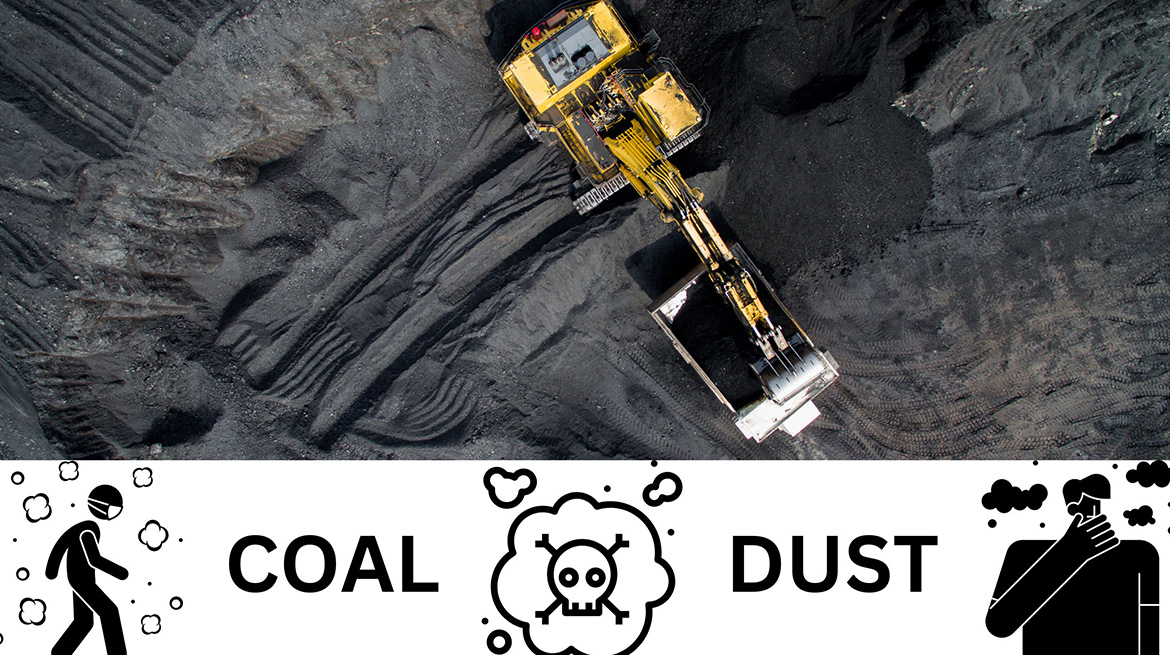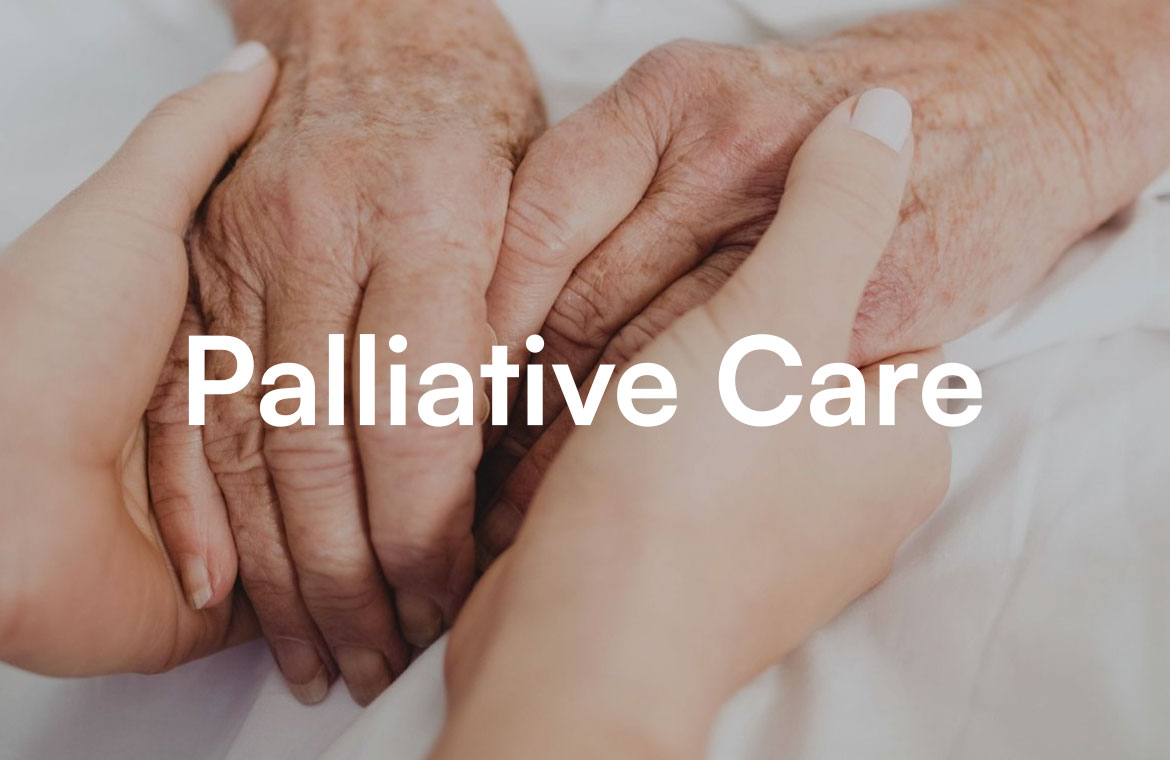In the rural coal mining areas of Jharkhand, India, two colours dominated the scenery: the green of the trees and the black of coal dust. During my stint as a medical officer in the Corporate Social Responsibility (CSR) wing of a Steel company, I had the opportunity to gain profound insights into this unique environment.
The People of Jharkhand’s Mining Villages
The local population was a linguistic mosaic, speaking Hindi, Bihari, Oriya, Bengali, and various dialects. This diversity resulted from decades of immigration from all over India, for work in the mines.
The region was strikingly diverse, housing both Particularly Vulnerable Tribal Groups (PVTGs) and various socioeconomic classes. PVTGs engaged in traditional activities like hunting and crafting. The tribes had their own health beliefs and were once highly knowledgeable about medicinal plants. However, displacement from forest habitats may have led to unintended consequences. While preserving their culture was the intent, they now depend on others for supplies, drifting from their moral norms due to automatic fulfillment of survival needs. They maintain poor hygiene practices, show little interest in modern education, and often marry within their tribes at a young age.
In contrast, people from a few nearby villages have grown wealthy by selling land to mining companies, creating a stark economic disparity between different groups of people in the same area.
The Changing Landscape in the Shadow of Coal
Geographically, the landscape changed frequently due to ongoing mining activities. This cycle of displacement and reconstruction meant that many residents barely recognized their hometowns after being away for a few years. Coal dust travelled far beyond the mining sites, affecting air quality in nearby towns and cities.
Daily life in these areas was challenging. In many villages, women woke up around 2 AM to gather coal, which the men then transported to the city by bicycle—a gruelling journey—for a meagre income. Health issues were rampant, with coal dust affecting every part of the body.
Coal dust affected not only mining workers but also nearby villages up to tens of kilometres. Hints of black could be seen even in bordering towns. An outsider could clearly notice the sharp smell of coal in the air. When it rained, the rain was tinged with black. When the wind blew, it made houses even blacker. Offices avoided using fans as they spread more dust, preferring air conditioners for ventilation. Mine blastings created tremors and noise pollution. Due to the heat produced in mining, a large area felt heated like an oven with fire inside. Railway tracks bisected towns, with coal trains halting traffic every few minutes and adding to the noise pollution.
Availability of clean water was one of the biggest problems in mining areas as all water sources get contaminated sooner or later due to mining. Most of the villages depended on tanker water supply by different agencies and drank bottled water only.
Health Impacts of Coal Mining
Generally, in medical books, we read only about lung-related diseases in coal mining areas.
The health problems of people here were endless. People used to have a battery of health issues mostly related to the effect of coal dust on different parts and systems of the body like Otitis media, allergic rhinitis, bacterial skin infections (children), COPD, asthama, tuberculosis, malnutrition and chronic energy deficiency, STDs and genital infections, eczema and dermatoses.
Social Challenges in Mining Communities
The Particularly Vulnerable Tribal Groups (PVTGs) received monthly benefits from government schemes and non-governmental organizations, providing essential supplies that alleviate their basic survival concerns. However, this support often lead many tribal members to veer away from traditional ways of life, resulting in increased instances of smoking, alcohol consumption, and even teenage gambling addiction. Issues such as teenage pregnancies, unwanted pregnancies, unmarried pregnancies and unsafe abortion were also common.
The mining areas faced a complex web of interrelated social and health issues. Prostitution and domestic abuse were prevalent, compounded by limited education and job opportunities, especially for young girls. A concerning trend was the sudden discontinuation of schooling by teenage girls, who eloped to marry, perpetuating a cycle of incomplete education and early pregnancy. These social challenges exacerbated health problems, fostering environments where addiction, gambling, and violence thrive. Moreover, there was a critical lack of basic health knowledge among residents, evidenced by the failure to seek timely medical attention for conditions like fractures, open wounds, and antenatal care. This interconnected web of issues creates a challenging environment requiring comprehensive interventions addressing both social and health domains.
Despite the various Government health programs, CSR activities and NGO work; the lack of proper health facilities and health workers remained a dire issue in the mining areas. The shortage of medical staff in these areas was stark due to the lack of incentives, isolation from urban amenities, and challenging working conditions.
Strategies for Improvement
A few strategies for improving health and social issues in mining communities will be:
- Healthcare: Mobile clinics, health education, provider training on coal-related illnesses
- Environment: Dust suppression, air/water quality monitoring, community reforestation
- Safety: Mining protocols, regular health screenings, comprehensive training
- Community: Alternative livelihoods, infrastructure improvement, local engagement
- Welfare: Psychosocial support, miner social security, gender equality initiatives
- Policy: Health-focused mining policies, responsible practices, community legal support
Conclusion: A Call for Action
Improving medical facilities and accessibility in Jharkhand’s mining communities is imperative. Government bodies and healthcare organizations must prioritize the health and well-being of these vulnerable populations. Sustainable development should aim to benefit everyone, ensuring that progress does not come at the cost of community health and livelihoods.
References
- World Health Organization. Health and Environment Linkages Initiative. Available at: https://www.who.int/activities/health-and-environment-linkages-initiative
- International Labour Organization. Improving Occupational Safety and Health in the Mining Industry. Available at: https://www.ilo.org/global/topics/safety-and-health-at-work/lang–en/index.htm
- United Nations. Guidelines for Mine Safety, Occupational Health and Environmental Protection. Available at: https://www.un.org/en/desa/development/sustainable-development-goals.html
- 4. World Bank. Community Development Toolkit. Available at: https://www.worldbank.org/en/topic/communitydevelopment





Very well written. Thank you for your service in the community.
thats really indepth insight of the topic..well done